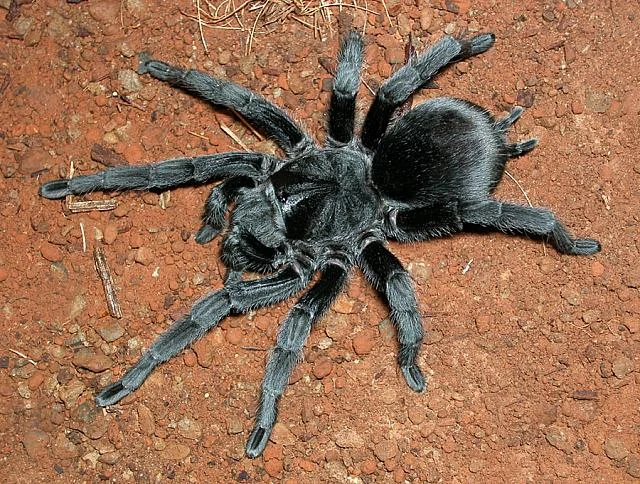Future Conservation Plans for Grammostola pulchra: Community-Based Habitat Restoration
Introduction: Protecting the Brazilian Black
While *Grammostola pulchra* is popular in the pet trade and generally considered hardy, its wild populations face increasing pressure from habitat loss and fragmentation in its native range of southern Brazil and Uruguay. Effective long-term conservation requires proactive strategies, particularly focusing on habitat protection and restoration, often best achieved with local community support.
Threats Assessment Revisited
Before planning conservation actions, understanding the primary threats is crucial:
- Agricultural Expansion: Conversion of grasslands to pasture or croplands.
- Urban Sprawl: Development encroaching on natural habitats (as discussed previously regarding fragmentation).
- Pesticide Use: Indirect impact through reduction of prey populations and direct toxicity.
- Over-collection (Historically/Locally): While captive breeding supplies most of the pet trade now, localized collection pressures could exist.
- Climate Change: Altering temperature and rainfall patterns, impacting habitat suitability and metabolic processes.

Habitat Restoration Strategies
Given that habitat loss is a key threat, restoration is vital. Community-based approaches can be particularly effective:
- Identifying Key Areas: Mapping remaining suitable habitats and degraded areas with high restoration potential.
- Native Grassland Re-establishment: Working with landowners to replant native grasses and remove invasive species in buffer zones or connecting corridors between habitat fragments.
- Sustainable Grazing Practices: Promoting grazing methods that maintain grassland structure suitable for tarantulas and other native wildlife.
- Creating Habitat Corridors: Establishing or restoring strips of natural habitat to link isolated patches, facilitating dispersal and gene flow. According to conservation biology principles, corridors are crucial for fragmented landscapes.
The Role of Community Involvement
Engaging local communities, including farmers and landowners, is essential for successful habitat restoration:
- Education and Awareness: Highlighting the ecological importance of native grasslands and species like *G. pulchra*.
- Incentive Programs: Offering financial or technical support for landowners participating in restoration and conservation efforts.
- Collaborative Management: Involving community members in planning, implementing, and monitoring restoration projects.
- Alternative Livelihoods: Exploring options like ecotourism (responsibly managed) that provide economic benefits from conserved habitats.
Successful tarantula conservation efforts often depend heavily on local partnerships.
Research and Monitoring Needs
Effective conservation requires ongoing data:
- Population Surveys: Assessing the current distribution and abundance of wild *G. pulchra* populations.
- Habitat Suitability Modeling: Predicting how climate change and land use might impact future habitat availability.
- Monitoring Restoration Success: Tracking the effectiveness of habitat restoration projects in supporting tarantula populations and overall biodiversity.
Citizen Science: Engaging local enthusiasts and residents in monitoring programs can be a cost-effective way to gather valuable long-term data.
Long-Term Vision
The future conservation of *Grammostola pulchra* hinges on integrating habitat protection and restoration with the needs and participation of local communities. By fostering stewardship and demonstrating the value of healthy grassland ecosystems, it’s possible to create a landscape where both people and wildlife, including the iconic Brazilian Black tarantula, can thrive.
Further Reading: Learn about Habitat Corridors on Wikipedia.